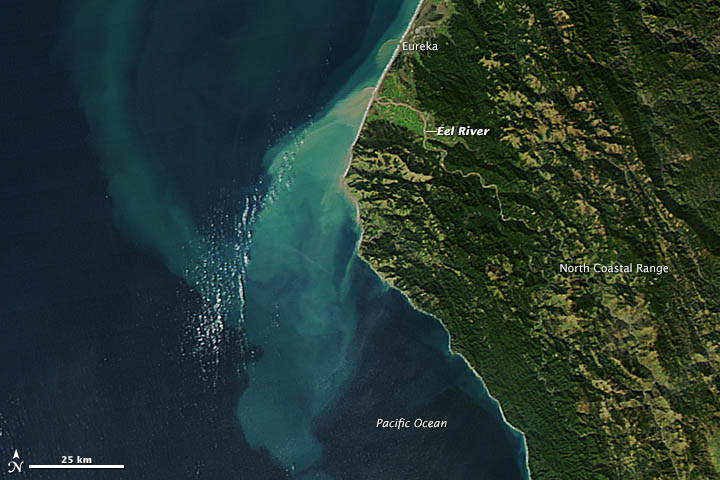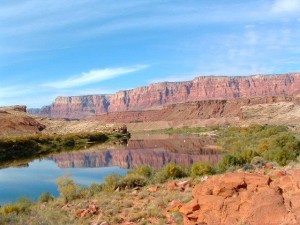Most read this year:
- 736 gallons per person per day: Re Palm Springs water use, got linked on Reddit, wherein people rightly mocked my sloppy discussion of central tendencies, also exhibited poor understanding of the core issues of human water use
- geek humor: A 2006 joke that got a stumbledupon link of some sort
- chemistry cartoons: For some reason this post is a perennial favorite – middle school teacher Steve Brügge’s students’ cartoons
- about: My “about” page. I assume people stumbling here, thinking “WTF?”
- everything’s bigger in Texas: a 2007 favorite of Googlers
- Colorado River Basin supply and demand: This is meta – a 2010 post about the sudden spread of a Bureau of Reclamation graph showing the Colorado River supply-demand imbalance. In the post, I make a joke about the Darwinian spread of the graph. My two-year-old post making that observation has shown some fitness of its own.
- big-ass wings: circa 2005, “Kids with the moral fire and mischief of youth. Nothin’ like it.”
- hookers and blow on the Lower Colorado: In which I used bad words to good effect in a water policy post.
- Sacramento Delta sinking faster than sea level rising
- 2012: Back to draining the Colorado River’s reservoirs?



